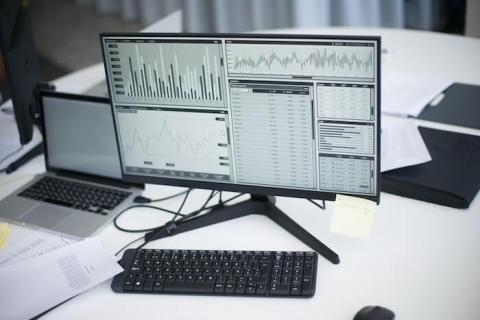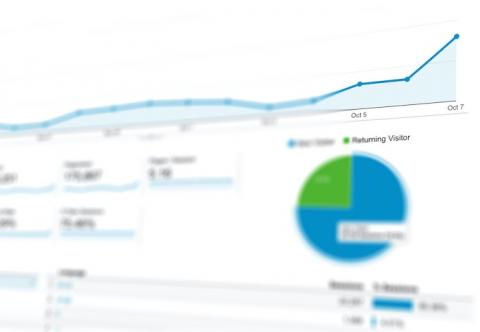How Ecommerce Companies Benefit From a Textual Warehouse
This is a guest post by computer scientist Bill Inmon, recognized as the “father of the data warehouse.” Bill has written 60 books in nine languages and is currently building a technology called textual ETL. Here are five things to know about textual warehouses: Imagine this scene. One day, someone in your ecommerce organization wakes up and can’t locate the information they need to prospect leads or check inventory processes.











